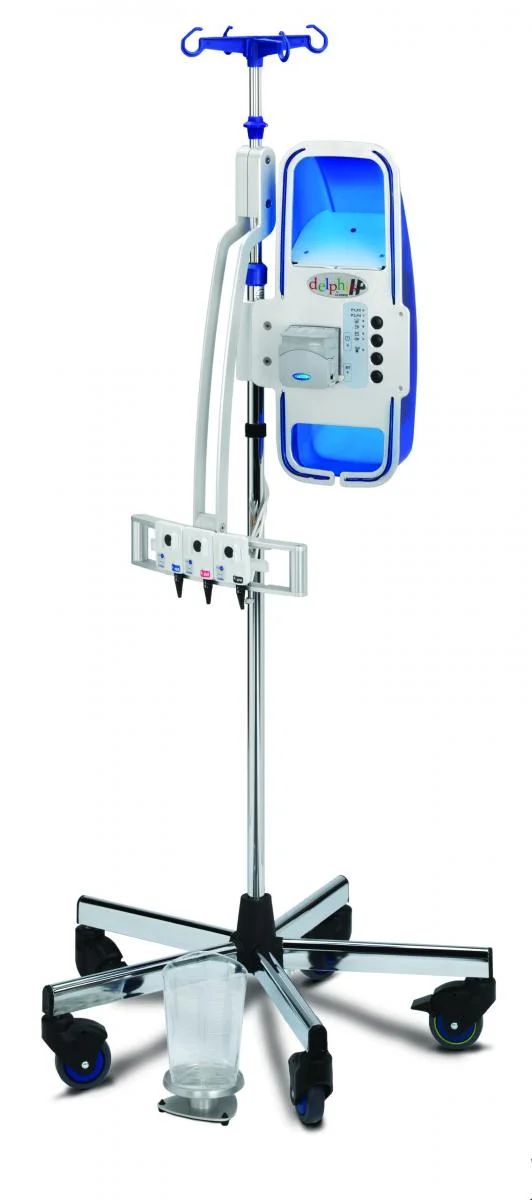As part of the investigation of problems with bladder function, it is often necessary to measure the rate at which urine is passed (the flow rate), and the amount of urine left in the bladder (the residual).
Preparation
To get a good flow test you need to pass more than 150 mL of urine. Begin drinking water early on the day, unless you already drink a moderate amount of water, as you need to have a full bladder for the test. To achieve this it is suggested that you:
- Drink plenty of water on waking
- Pass urine two hours before the test
- Continue to drink approximately 4-5 drinks before your appointment
If you do not have a full bladder at the time you come for the test, you can drink water in the waiting room to fill your bladder. You may be asked to fill out a simple questionnaire upon arrival.
Procedure
When you have a full bladder and feel as though you are ready to pass urine, press the button in the waiting room to alert the nurse. They will ask you to pass urine into a machine which measures the rate and volume of your flow and produces a printout. Your urologist will review the data at your next consultation. If the flow test is inadequate, a second flow test may be necessary. There would be no charge for this repeat procedure.
You will then be asked to lie down on a bed for a quick ultrasound scan of your bladder. This is a painless scan where ultrasound gel is placed on your lower abdomen, then the ultrasound probe uses sound waves to produce an image to see how much urine is left in your bladder.
Following your procedure
In the couple of hours following the test you can expect to pass a lot of urine. Your urologist will discuss the results with you at the next appointment or later the same day.

